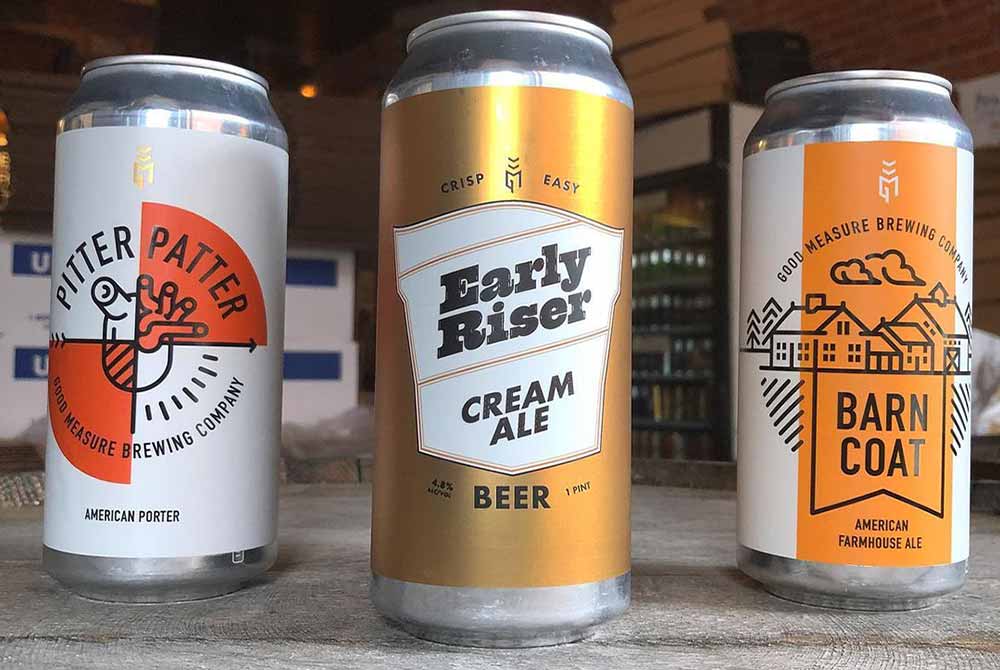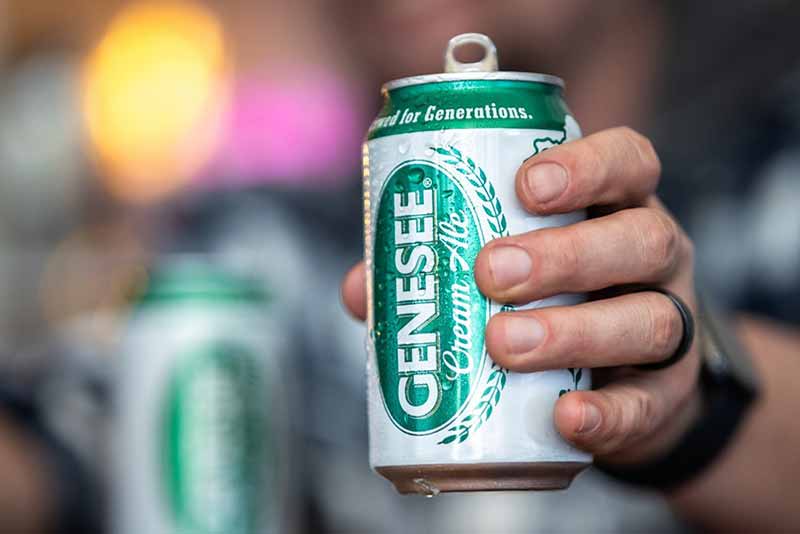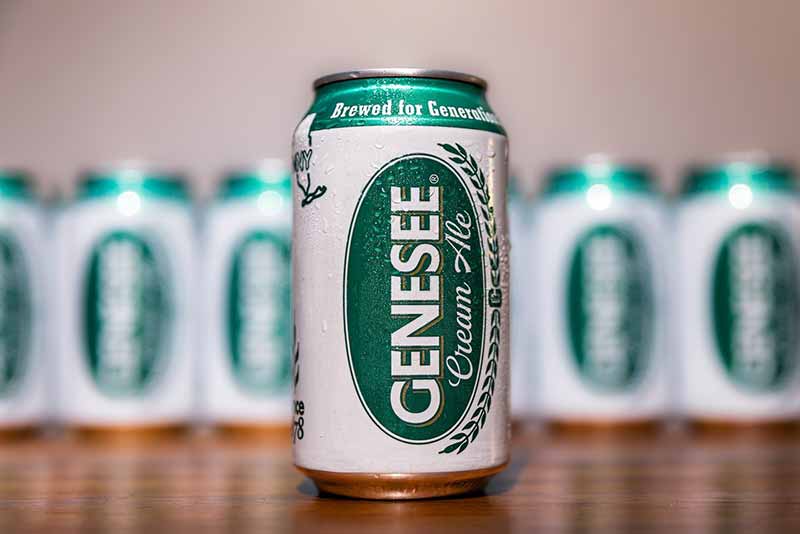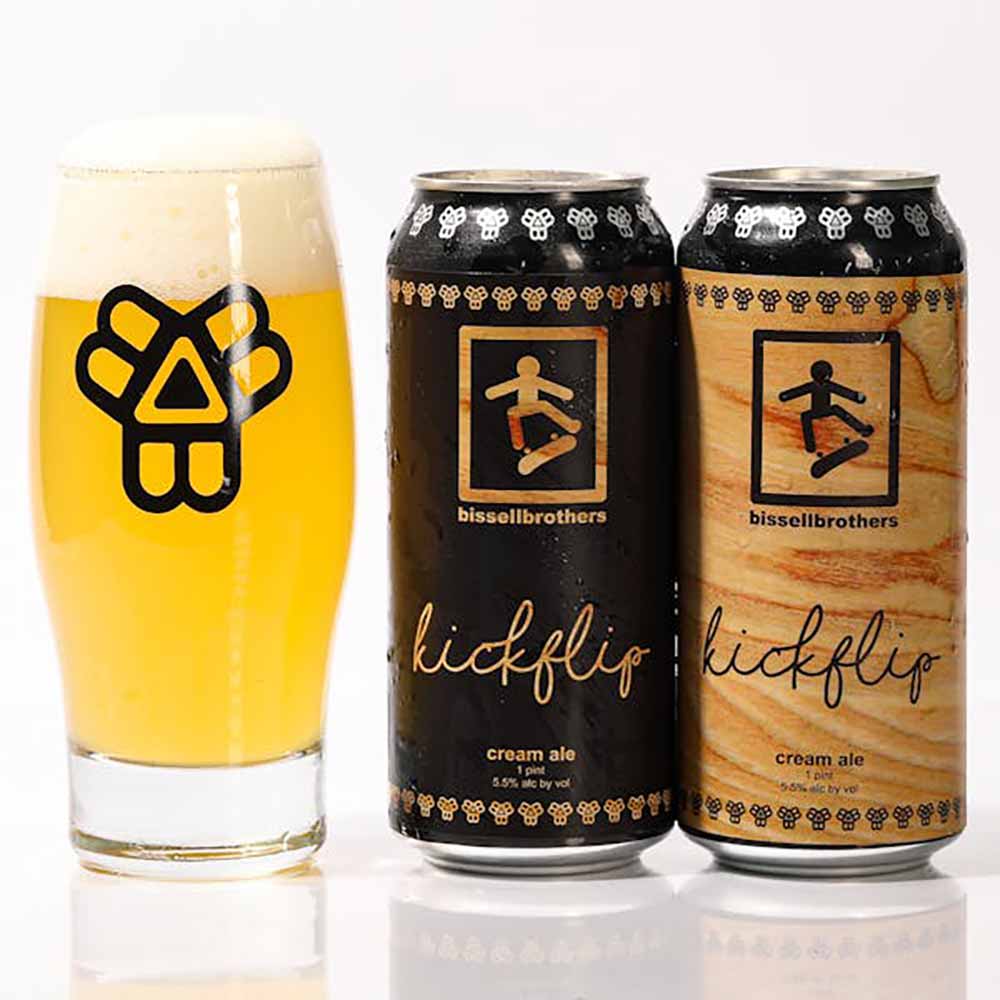Shop
What Exactly is a Cream Ale?
The cream of the crop.
Looking for Other "What Is" Stories?
In the 1800s, American brewers created a beer style that baffled drinkers past, present, and future: the cream ale. Despite its name, the beer does not contain cream, and compared to many other styles, it isn’t exceptionally creamy.
So, what is a cream ale?
This beer style almost defies definition. Somewhere between an ale and a lager, this strangely named, easy-drinking beer is one of America’s earliest mass-produced styles.
Today, the cream ale maintains popularity thanks to brands like Genesee, makers of the cult classic Genesee Cream Ale.
Let’s break down some myths about the style and how the cream ale became a Rust Belt classic.
What Is a Cream Ale?
The Beer Judge Certification Program notes on its “Overall Impression” that cream ale is a “flavorful American ‘lawnmower’ beer.”
But despite its name, cream ale doesn’t contain any dairy or lactose. In other words, this ale won’t taste like a Milkshake IPA.
The word “cream” is simply marketing jargon, possibly referring to the beer’s silky taste or richness.
In fact, traditionally, cream ales are more closely related to a lager. Yes, even with “ale” in the name, these beers have a clean crispness comparative to a bottom-fermenting beer.
Taste-wise, this style is almost like a plumper kölsch, sometimes using corn adjuncts to create a smooth mouthfeel.
A pale, light-bodied ale (sometimes made with lager yeast), cream ales typically fall around 5% ABV.
“To us, a good cream ale is the perfect balance of light, crisp, and sweet. Thirst quenching and hopefully a very dry finish,” states Good Measure Brewing Co. President Scott Kerner. “And it has to steam a hot dog real well.”
In ”Radical Brewing,” author Randy Mosher writes, “Some of the early brewery advertising indicates that cream ales were often a blend of stock ale with lager.”
The smooth mouthfeel, balanced with high carbonation and low ABV, makes for a very drinkable beer.
Steve Johnsons’ 1994 classic, On Tap – Guide to North American Brewpubs,” has a brief blurb referencing a new word for the style; Johnson defines this style of beer as, “a pale, light-bodied ale which is lagered at cold temperatures or mixed with lager. Sometimes called a ‘lagale.’”
Though an uncommonly used term today, “‘agale” demonstrates an amusing way to describe a perplexing style.
What’s Special About Cream Ale?
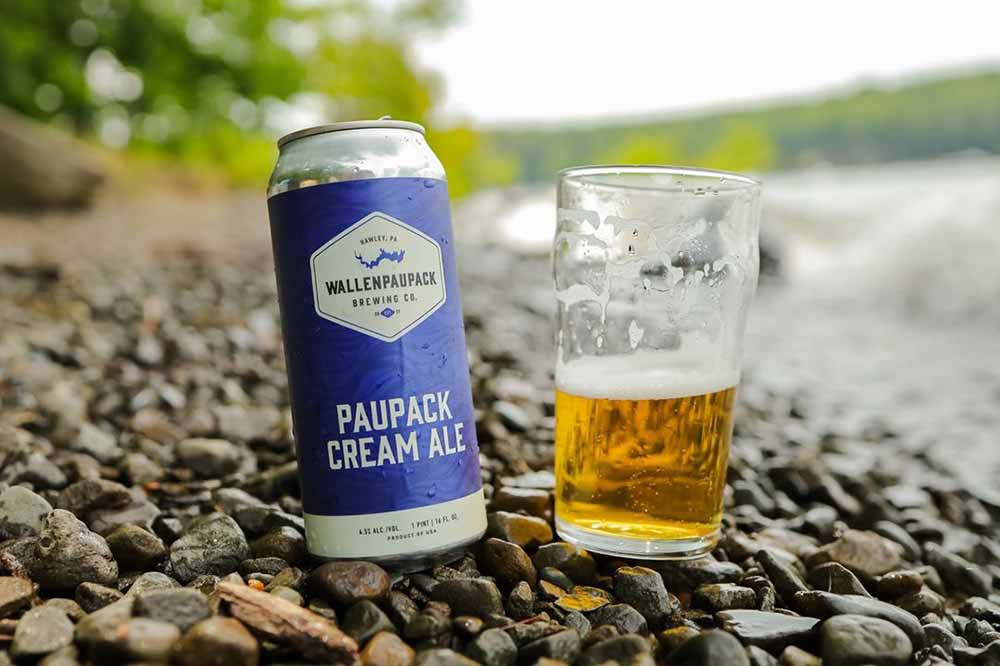
Photography courtesy of Wallenpaupack Brewing Company
Created in the 1840s by American brewers to rival the popularity of European-brewed lagers, cream ale’s history stretches back over a hundred years. In a stroke of ingenuity, those early American brewers took the essential profile of lagers and added a bit more flavor.
Since it’s a uniquely American invention, this ale is classified as an American-style beer. However, it’s more of an interpretation of English milds and Bavarian lagers refined by modern brewers.
“A beer like Kickflip [Bissell Brothers’ Cream Ale] is one of these fun ‘bridge’ beers for us,” says Matt Robinson, the operations manager at Bissell Brothers Three Rivers. “It rides the line between two of our core focuses. Kickflip is an amazing ‘journey beer’ that helps nudge people from lager or pilsner to experimenting with more ales.”
Like many other traditional beer styles, the cream ale uses old-school hops like Cluster, Brewer’s Gold, and Liberty. And while not a particularly “hype” style, cream ale makes up for its lack of flash in commemorative appeal.
Why Do People Like the Cream Ale?
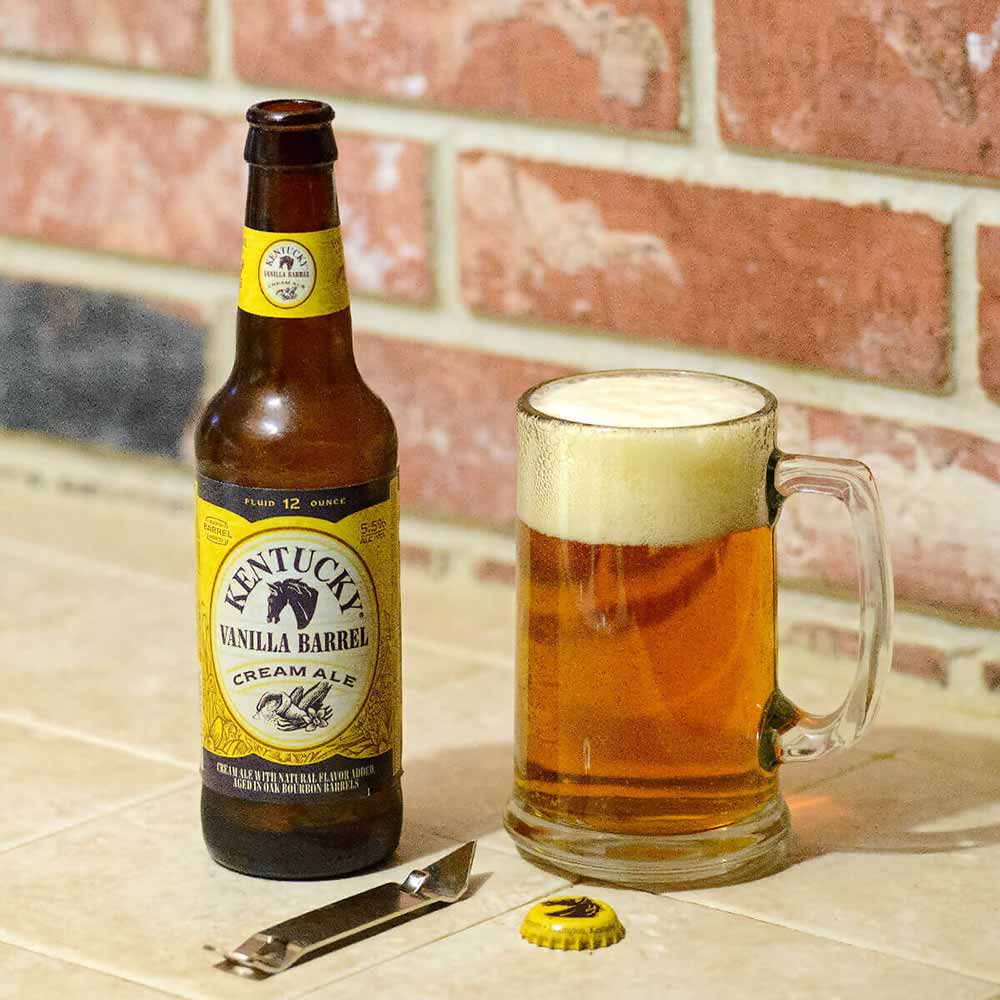
Photography courtesy of @lexingtonbrewingco
As light-bodied beers, cream ales are pretty approachable.
The grist build of pale malts (and sometimes flaked corn) pairs well with salty bar food or as an after-chore treat.
Additionally, cream ales manifest a sense of nostalgia and regionality, especially among those Genesee Cream Ale drinkers. Many brewers and consumers have their own iconic story with this regional beer.
And while cream ale may have a foggy history, this beer style seems to be one people unabashedly hold dear.
What Are Some Cream Ales to Try?
Today, you’ll find standard versions along with fruited and imperial ones; those with coffee, and even some that could be considered “pastry cream ales.”
Here are a few examples of cream ales to try.
Cream Ale — Genesee Brewing Company
Rochester, NY
Perhaps the most famous cream ale is Genesee Cream Ale out of Rochester, New York, introduced in 1960 with unwavering fandom since.
Drinking this beer comes with a side of nostalgia and usually a story or two. Seriously, if you’re looking to understand what a cream ale is all about, you can’t go wrong with this historic version.
Early Riser — Good Measure Brewing Co.
Northfield, VT
Not many breweries count a cream ale as one of its flagship beers. Good Measure Brewing Co. is the exception with Early Riser.
Thirst-quenching, easy-drinking, and very pleasing, Good Measure’s cream ale hits notes of water crackers, white bread, and herbs, according to the brewery.
Don’t think about this beer too hard. Just try it and know that you’re getting all the flavors of a classic cream ale.
Kickflip — Bissell Brothers Brewing Co.
Portland, ME
Bissell Brothers calls Kickflip a “Maize-forward cream ale.” Originally developed by brewer Seth Vigue, this cream ale falls directly into the classic category with a base of two-row, crystal malt, corn, and rice and a hopping docket of Callista and Cluster.
Tre Flip — Vitamin Sea Brewing
East Weymouth, MA
A nod to Bissell Brothers Kickflip, Vitamin Sea actually teamed up with the Portland, ME-based brewery for its own version. Tre Flip goes a little further, pushing the alcohol content up to 7.8% ABV. Additionally, hopping with Mosaic and Belma hops gives this cream ale an assertive floralness.
Regular Coffee — Carton Brewing Company
Atlantic Highlands, NJ
While Carton Brewing holds two of the top ten spots on Untappd’s all-time top-rated cream ale list for Basic Coffee and SS-C.R.E.A.M, Regular Coffee is available now.
This cream ale plays off a Jersey-ism for “regular coffee,” which alludes to “when you order a ‘regularcoffee’ at any place you trust to make a pork roll and cheese and you get a paper cup of coffee with ‘milk and two sugars’ rather than a ‘black coffee that hasn’t had the caffeine removed,’” writes Carton in the beer’s Untappd description.
To honor this statewide drink, Carton added Fair Mountain Coffee Roasters Mexican Chiapas and Ethiopian Sidamo beans to a high-gravity cream ale. The result is something golden, acidic, slightly sweet, and slightly bitter.
As Carton writes, “Drink Regular Coffee because running over a black beer with coffee is no way to get to work.”
Gusto Cream Coffee Ale — Georgetown Brewing Company
Seattle, WA
Picking up a gold medal at the 2016 Great American Beer Festival, Gusto Cream Coffee Ale also ranks highly on Untappd’s list of all-time top-rated cream ales, staking a spot at number six.
An addition of medium roasted Gusto Cream coffee beans from Caffé Umbria adds another layer of complexity to a cream ale’s mild smoothness, bolstered by oats and Munich malt. The cold brew coffee also adds a darker color here to create a beer as beautiful to look at as to taste.

